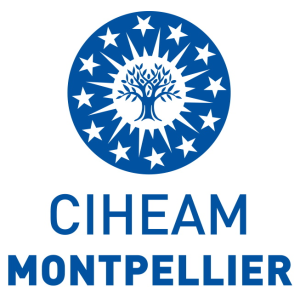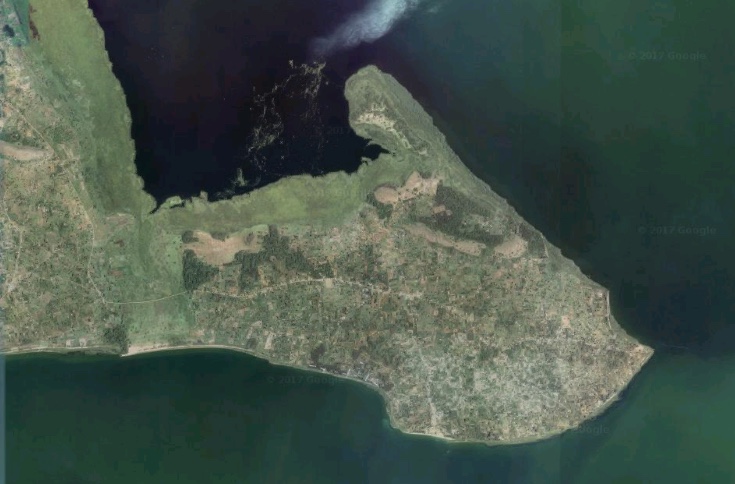Agrarian diagnosis
Section outline
-
You have registered to this course because you want to become a researcher or a developer? Or maybe your already are a professionnal in those fields and you want to improve your competences?
We propose an active learning approach: you will be in charge of dealing with development issues thanks to a great variety of learning resources and activities.
The main question in this course is: Why should we approach reality by taking into account a double diversity (natural environment and society)? We will answer this question with you.
-
-
- Production Systems across the world
- The agricultural social categories across the world
- The different types of farms across the world
- Changing trends
305.5 MB
-
-
- Exercise: List 10 elements of the landscape that you can observe
- Theory: Deffontaines et Petit categories
- Exercise: Categorise the elements of the landscape
- Theory: The elements observed and the questions that they raise
-
-
-
Theory: use a topographic map
-
Exercise: identify the elements of the landscape on a map
-
-
- What is a map
- Analysis and zoning the landscape
- Establish a transect
- Analysis of an ombro-thermal diagram
- Using satellite datas
-
-
- Note down the discriminating elements of the landscape
- Create your hypotheses on agricultural practices and other activities that structure this landscape
- Identify which points need to be explored further
203.1 MB -
You will now proceed with the same visit, but this time with Pierre Le Ray who will share his own analysis with you. Did you make the same observations?
763.1 MB
-
-
- Draw a bloc-diagram
- Diagram caption and key
- Build the synthetic table linked with the diagram
130.5 MB
-
-
- General description of the studied area and the method
- First observations on satellite data
217.1 MB -
- Detailed observation of each part of the peninsula
- Establish a transect
117.5 MB -
Explore the N'Kosy area with the picture tour.
Advice: this visit uses the software Prezi®. If you are not familiar with this software, we recommend that, to begin with, you only use the arrows <= and => on your keyboard to browse through this presentation.
-
- Find our way in the field
- Observe cultivated land
- Observe land occupation
- Observe the soils
- What kind of tools do we need to observe the landscape
- Second high point: the peninsula
- Groups split up to cover the study area
257.9 MB
-
-
- The key features of the landscape depend on the context
- Frequent important elements of the landscape
84.3 MB -
- Everyone looks at the landscape in his own way
- Individual or group observation
72.6 MB -
- Broad context: several groups studied the landscape
- The groups looked for specific elements in the landscape
- The groups' results
142.0 MB -
- Group 5 path
- Description of the 3 types of zones found
- Student results
124.8 MB
-
-
- Compare the results with the field
- Example: adjusting zone boundaries
110.8 MB
-
-
- The main historical periods of the area
- The main ecosystems of the area
83.1 MB -
- Cropping Systems
- The social organisation of production
-
- Introduction of cotton farming
- 1960-1980 The extension of cotton farming
- 1980-2000 The intensification of cotton farming
- Agrarian re-organisation related to cotton farming
- Subdivision of large families
188.1 MB -
- The cotton crisis and its global impact
- Impact of the crisis on the different types of families
- Explanation of the Sikasso paradox
104.4 MB -
This paper presents a situation similar to Sikasso, yet it takes place in Burkina Faso.
-
-
- Resources not to begin with
- What to do first
131.7 MB -
198.6 KB
-
221.6 KB
-
-
- The system approach
- Cropping System
- Production System
- Agrarian System
90.3 MB -
- The main historical periods of the Villeveyrac area
- Pre-WW2
- Post-War: mass wine production
- 1970-2000: Wine crisis
- Contemporary period
- Farm diversity
460.2 MB
-
-
- Sources of income to replace cotton
- The case of coffee
- Food crops evolution
- Land occupation changes
- Farming practices changes
92.9 MB -
- 1940-1970: Period of Kabaka
- 1971-1979: Idi Amin presidency
- 1980-200: The return of Kabaka
- From 2000: contemporary period
- Types of farmers we can already identify
290.8 MB
-
-
-
- There is no "standard" typology
- Typology: a typical case study
- A few clarifications
- Statistical tools and typology
113.5 MB -
- The sources of agricultural diversification
- The strategies and decisions of those involved
- The limited rationality of those involved
- The qualitative approach and the reasoning behind the composition of the sample
- The landscape and history for pre-typology
- The reasoning behind the sample
- Preparing the interviews of those involved
- Creating an interview guide
243.0 MB
-
-
- Select the relevant information...
- .. to deduce farmers' strategies
145.7 MB -
Download and complete this Farming System model with the following extracts of the interview of Emmanuel.
-
-
- First cases define the first categories
- How to classify the marginal farms
- Refining the types: typology is an iterative process
118.5 MB -
- Typology process
- Type 1: Preparing retirement farmers
- A specific case
- Type 2: Struggling for diversification farmers
- Discriminating factors that come out of analysis
- Type 3: Struggling for surviving farmers
- Type 4: Extensive cattle breeders
- Types 5 and 6: Businessmen farmers
393.1 MB -
-
-
-
560.5 MB
-
528.0 MB




